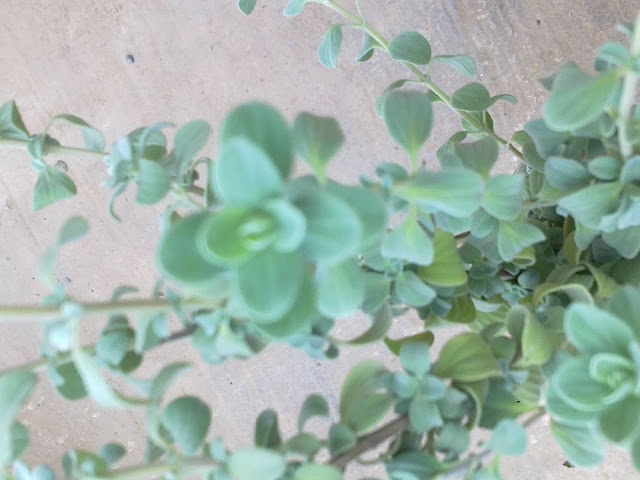Cypress vine is also know by other names such as Hummingbird Vine,Star Glory.Cardinal Creeper,Cypress Vine Morning Glory etc.It belongs to the Morning Glory family.Its Botanical name is Ipomoea Quamoclit .The flowers range from red,white to pink in color,the most common one being the red colored .

It is a annual vine that gracefully twines and bears beautiful trumpet flowers that are shaped like a five pointed star the leaves are pinnate, fern like and delicate,the flowers bloom in the morning and wither by afternoon,once the flower drops a capsule shaped seed pod forms, each seed pod contains four tiny black seeds that look like little grains of rice.

The vine can be easily grown from seed in any soil type,the seeds need to be sown about 1/2 an inch deep in potting soil and the seeds should germinate within a week,once the vine takes off a trellis or a stake should be provided as support and to help the vine creep as they are very fragile and can break or snap off easily .
Use any good Organic fertilizer like aged cow manure,seaweed brew or homemade compost tea etc.once a month or as and when required.The Cypress Vine otherwise is easy to grow and maintain with little care required.
The Beautiful delicate star shaped red flowers of the Cypress Vine are rich in nectar and attract pollinators like Hummingbirds,butterflies and bees in the garden,they all love to sip on the sweet nectar that is produced by the flowers of the Cypress Vine.
The Cypress Vine grows very rapidly sending of new shoots and growth,hence its best to train the vine to grow in one direction this way it will not latch on for support or take off on other plants in the garden which can hamper their growth.the vine can grow to height of 10 feet and above its perfect to cover up walls,posts,fences or trellises.
The Cypress Vine can get affected easily by garden pests like mealy bugs,fungus and aphids so keep an eye out for them.Do not water the vine over its leaves it may cause the delicate leaves to turn yellow and burn.Water early in the mornings or after the sunsets.Once the vine has set root and is properly established it can tolerate drought like conditions.however regular watering makes the vine grow faster and helps to produce more blooms making the vine look full and attractive.
Make sure you let the flower dry and fall off on its own so that seed pods develop for sowing the following season.Harvest the mature seed pods once it has completely dried off and has turned brown in color.The Cypress vine will give you bumper yield of seeds for your next growing season and you will still have enough of seeds left to share with others.
The Cypress Vine will last till summers.Seeds can be sown in the month of May to start new saplings ,within 30 days the Cypress Vine plant will begin to grow, flower and flourish .Its often considered as a weed in some places due to its self seeding habit.
The cypress vine provides a dazzling display of color with the dark green foliage as the backdrop and the bright red star shaped flowers that stand out against it.Perfect for screening and cheering up dull and unsightly spaces in the garden.




























